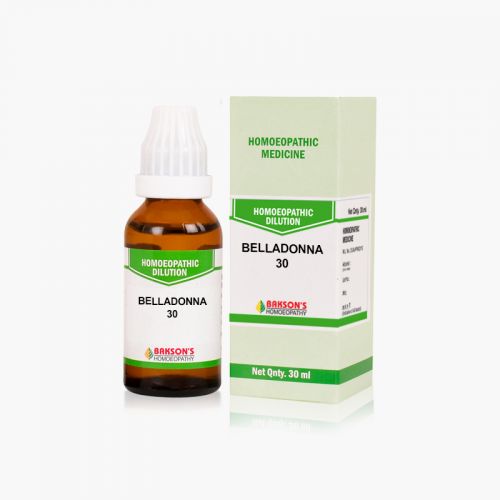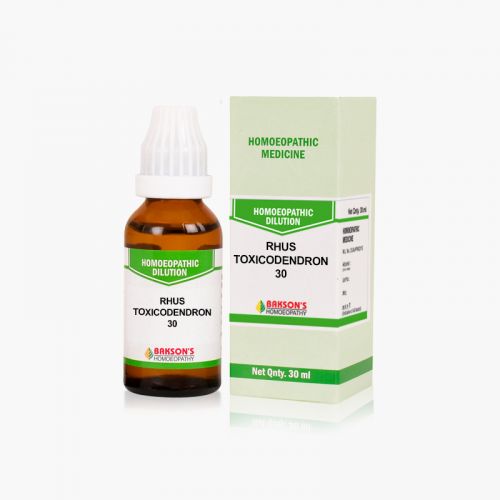We use cookies to make your experience better. To comply with the new e-Privacy directive, we need to ask for your consent to set the cookies. Learn more.
What is Cellulitis?
Cellulitis is a common bacterial skin infection responsible for 551?000 DALYs and 42.9 million incident cases in 2019 globally.
It presents as a poorly demarcated, warm, erythematous area with associated oedema and tenderness. It is an acute bacterial infection causing inflammation of the deep dermis and surrounding subcutaneous tissue.
Causes
Cellulitis most commonly results from infection with group A beta-hemolytic streptococcus (i.e., Streptococcus pyogenes).
Risk factors for cellulitis include any condition that could cause a breakdown in the skin barrier such as skin injuries, surgical incisions, intravenous site punctures, fissures between toes, insect bites, animal bites, and other skin infections. Comorbidities such as diabetes mellitus, venous insufficiency, peripheral arterial disease, and lymphedema pose a higher risk of developing cellulitis.
Signs and Symptoms
There is a poorly demarcated area of erythema which is warm to the touch and associated swelling and tenderness is present. There may be constitutional symptoms of generalized malaise, fatigue, and fevers. Cellulitis can affect any area of the body, but is most often seen on the lower extremities.
Diagnosis
Cellulitis is diagnosed clinically. Two of the four criteria (warmth, erythema, edema, or tenderness) are required to make the diagnosis. It is essential to find the potential source for the cellulitis by looking for micro abrasions of the skin secondary to injuries, insect bites, pressure ulcers, or injection sites.
Management
The area should be kept clean and dry. Elevation of the area above the level of their heart can help to reduce the oedema. Patients are advised to maintain good hand hygiene and adequately clean any future abrasions in their skin.
Warning: Above information provided is an overview of the disease, we strongly recommend a doctor's consultation to prevent further advancement of disease and/or development of complications.
Disclaimer: The information provided herein on request, is not to be taken as a replacement for medical advice or diagnosis or treatment of any medical condition. DO NOT SELF MEDICATE. PLEASE CONSULT YOUR PHYSICIAN FOR PROPER DIAGNOSIS AND PRESCRIPTION.
- APIS MELLIFICA 30₹ 100.00
- BELLADONNA 30₹ 100.00
- CANTHARIS 30₹ 100.00
- RHUS TOXICODENDRON 30₹ 100.00







